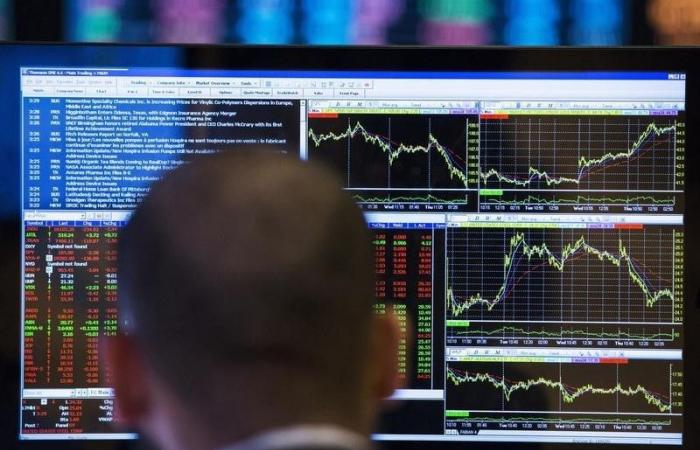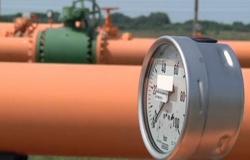Following Beijing’s announcement to significantly increase spending to stimulate the economy, investors in China and the West showed different levels of confidence. At a press conference on Saturday, China’s Finance Ministry said it was ready to increase fiscal spending to revive the country’s economic growth, although it did not reveal a specific monetary target for the initiative.
The first market reactions Monday morning on prices highlighted this divergence of sentiment. Copper futures in Shanghai saw a rise, with prices rising as much as 0.5 percent to 77,700 yuan ($10,990) per metric ton. On the other hand, copper futures in London recorded a decline, falling as much as 1.1% to $9,683 per tonne.
The reaction of Chinese investors suggests a willingness to trust upcoming stimulus measures, while Western investors appear to be demanding more concrete information to be convinced of the potential effectiveness of Beijing’s plans.
The recovery measures, detailed over the weekend, mainly focus on easing the financial burdens of local governments, responsible for the majority of public spending. The strategy involves refinancing local government debt, allowing these entities to obtain new loans to launch construction and infrastructure projects.
The approach aims to revive the ailing real estate sector, seen as crucial to boosting consumer sentiment and increasing demand for raw materials, particularly steel and copper, as well as refined fuels like diesel.
The commodities market reacted to the news, with Shanghai steel futures climbing 2.2% to 3,531 yuan per tonne in early trading on Monday. Iron ore contracts on the Dalian Commodity Exchange also rose, jumping 3.2 percent to an intraday high of 810 yuan. However, Singapore Exchange iron ore futures (OTC:SPXCY) saw a more modest increase of 1.4%, reaching $107.90.
Since September 23, Dalian iron ore futures have jumped about 23% from 658 yuan per tonne, ahead of the latest round of stimulus measures. In comparison, Singapore Exchange contracts saw a more modest increase of 16.5%.
Despite these gains, it remains unclear whether the stimulus will significantly boost demand for the key steel raw material, as Chinese steel mills are unlikely to increase production in the final quarter of 2024 due to low margins and a sluggish steel demand. Any potential increase in demand may not materialize until the first half of 2025.
Additionally, China’s economy faces external risks, including the possibility of a global trade war depending on the outcome of the U.S. presidential elections next month.
Although China’s recovery plan is still considered incomplete, recent commodity price rallies on local exchanges appear to be driven more by sentiment than fundamentals. Nonetheless, Chinese leaders are stepping up their commitment to revitalizing the economy.
The success of the stimulus measures will ultimately depend on their ability to stimulate tangible economic activity and gain the confidence of investors who remain cautious.
Reuters contributed to this article.
This article was generated and translated with the help of AI and reviewed by an editor. For more information, see our T&Cs.






